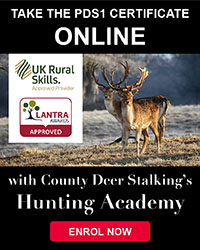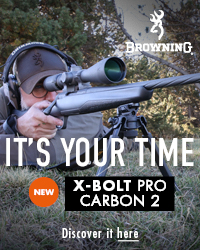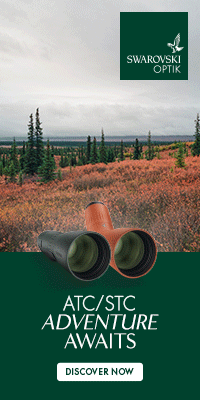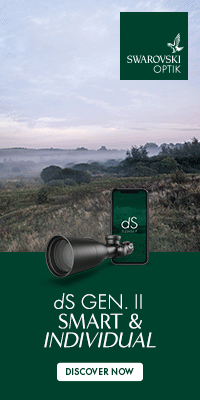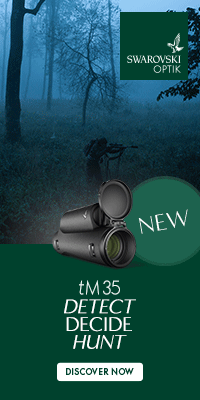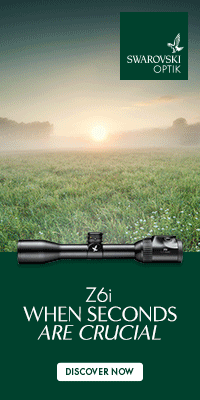Doe & Hind Culling. Make a Deer Management Plan
- Details
- Wednesday, 31 October 2012
With the start of the Doe & Hind Season in England and Wales due to kick off in just a few hours it is worth reminding ourselves about what it is exactly that we are hoping to achieve.
In a conversation with a keen deer stalking friend of mine I was reminded of the approach of some stalkers who whilst claiming to be deer managers are in fact deer killers in so much as they take the simple approach 'When they see a deer they manage it!'
Today we should be adopting a more intelligent approach to deer management and at the very least start the winter cull of Hinds and Does with some idea of what the result should look like. Or to put it more succinctly 'start with the end in sight'.
Sadly this is a vast subject and I will not be able to cover it in just one blog however you should at the very least be prepared to ask yourself this: "What are my objectives and what am I trying to achieve from this winters cull of females?"
As a guide you might first consider into which of the following useful five categories your desired objectives fall.
1) Maximise Venison Production
2) Maximise Trophy Size
3) Preserve a small deer population
4) Maximise Sporting Returns
5) Reduce Deer Damage.
You will see that by considering these categories each one requires a differing approach. For example on one of my prime Roe grounds in Hampshire I am trying to maximise the Trophy size of my Roe Buck. As a result I will need to reduce the density of females to a minimum level of top quality breeding animals. This should however allow for a sufficient number of Does to keep the Bucks on the ground whilst at the same time not allowing them to be at such a level that they create too much competition for nutrition.
If on the other hand one were trying to maximise venison production then this is all about having as high a number of deer on the ground as possible. Here a stalker might retain a large Doe or Hind population in relation to just a few stud males in order to maximise the number of breeding females. As a result he or she might in this scenario consider supplementary feeding along with the approach of culling surplus young non breeding females and a high number of males.
It is easy to see from these two simple examples that Doe and Hind Culling is not just about going out and 'whacking' as many animals as you can find but should be a considered exercise. I appreciate that when you have been sitting out in the cold for hours and the opportunity arises it takes a certain amount of control to select or even decline certain beasts however one should where ever possible remember the overall plan and apply it whenever possible.
There is heaps and heaps to write about here and so with my first client of the doe season due to be stalking with me in around 12 hrs time I am unable to get it all down on paper this evening suffice to say I am clear about what I am going to do this winter are you? If you're not then give it some thought, don't be a deer killer be a deer manager and you will reap the rewards in the long term!


